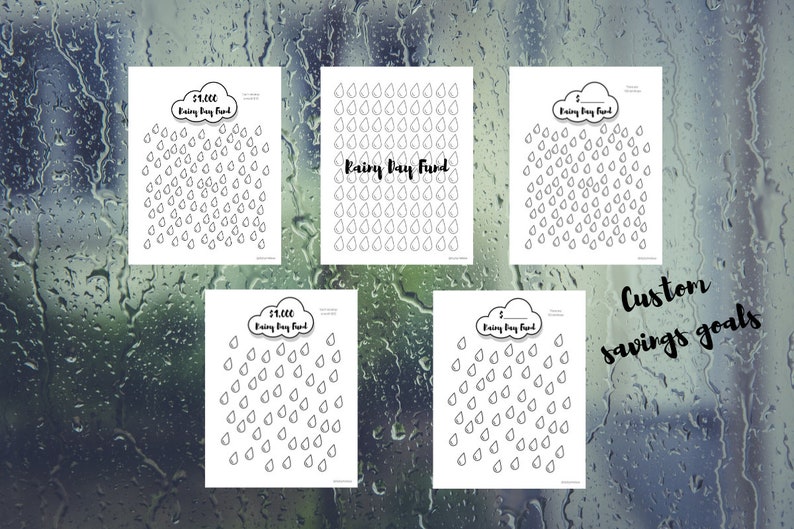
Many of us get completely thrown off our budget by one or two of these unexpected outlays.Ī few years ago, the U.S. We’ve all had those surprise bills: the car needs a new air conditioner, the cat has kidney stones, the cost of heating oil skyrockets. In just a few months, that money might be enough to pay for a surprise school expense or more.

If your cash flow is tight, start with setting aside even $10 a week, into a desk drawer or a separate account.Less than half of Americans have enough cash on hand to cover a $400 bill - which means a small emergency can turn into a big one.A rainy-day fund is a small amount of savings to get you through life's little surprise expenses - different from an emergency fund, which is meant to carry you through a larger life crisis (covering 3 to 6 months' expenses).
Used for daily expenses rainy day or emergency fund full#
The interest payable assumes that the lump sum is invested for the full fixed term period or a full year (365 days), as appropriate to the account type. ** Gross Return Interest is calculated daily and payable at the end of the term for a fixed term deposit account or annually at the relevant interest payment date for a demand/ notice variable rate account. Our AER calculation assumes that the account is held for a year and that the interest rate remains constant. * Annual Equivalent Rate (AER) illustrates what the interest would be if interest was paid and compounded each year. Please note that the calculator above will allow you to enter more than the maximum allowed per account per month for display purposes only, this may not reflect the actual lodgements permitted and possible Interest earned.


The above calculation is based on a set of assumptions (see below) and is intended to provide you with a guide as to the potential gross interest return that may be applicable. Savings Calculator Definitions and Assumptions


 0 kommentar(er)
0 kommentar(er)
